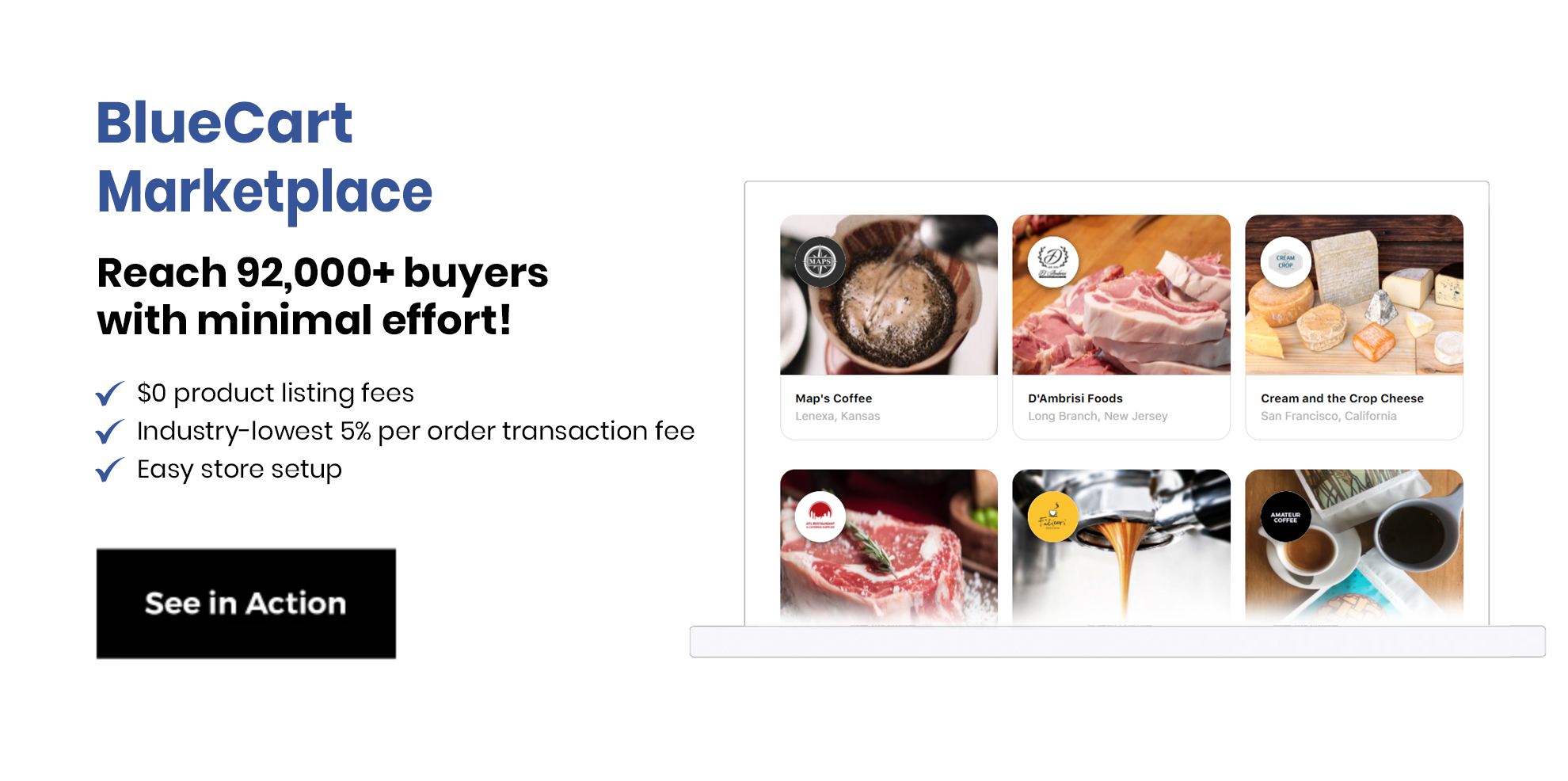Chocolate is more than just a tasty treat. It makes up a huge industry with plenty of market potential. One way to enter the chocolate market is through chocolate wholesaling. There are lots of things to consider when figuring out how to become a wholesaler for chocolate.
Chocolate packaging is an important consideration when you start your business. Effective wholesale chocolate packaging is important to ensure a long shelf life. If you have a short shelf life for your chocolate products, your customer satisfaction and wholesale sales may suffer. Mastering how to increase shelf life using wholesale chocolate packaging can help set you apart from other chocolate distributors.

What Is Shelf Life, and How Can Chocolate Packaging Affect It?
Shelf life, in terms of chocolate, is the amount of time that chocolate maintains its flavor, freshness, texture, and quality. Shelf life is crucial for all wholesale food distribution businesses- especially chocolate wholesale distributors.
It’s important to maintain a long shelf life for many reasons. A longer shelf life results in the best possible customer experience. It also reduces waste and increases profitability.
Chocolate is a sensitive food product that requires specific handling and packaging in order to maintain its freshness. There are several factors that can negatively impact shelf life. Light, moisture, and temperature can all affect the shelf life of chocolate.
Chocolate packaging is the most effective way to protect chocolate from external factors. Using good chocolate packaging can keep your wholesale chocolate fresh. Wholesale chocolate packaging requires the use of high quality products and innovative design to achieve the longest shelf life. The packaging acts as a protective barrier for the chocolate, which can extend the shelf life of the product.
Key Takeaway: Wholesale chocolate packaging can help ensure your chocolate stays fresh for as long as possible. Focusing on quality chocolate packaging is a worthwhile investment for your wholesale chocolate business.

Factors That Affect Shelf Life
There are a few things that can have a big impact on the shelf life of your chocolate desserts or chocolate snack food products. Temperature, moisture, and oxygen are the main factors that can ruin your chocolate inventory. Chocolate packaging should prevent these factors from affecting the quality of the chocolate.
Temperature is one of the biggest dangers for chocolate’s shelf life. High temperatures can cause your wholesale chocolate to melt, ruining the texture and quality. Transporting and storing your wholesale chocolate in refrigerated containers can help to avoid melting.
Preventing moisture is another big factor when selecting your wholesale chocolate packaging. Moisture damages chocolate stock in multiple ways. It can affect the texture and appearance by drawing out sugars and fats. Proper moisture control through packaging techniques and materials can help you lengthen shelf life.
Oxygen exposure can also decrease your product’s shelf life. The chocolate’s flavors can change when exposed to oxygen. Packaging such as foil or plastic can act as a barrier to prevent oxygen from entering the package.
3 Chocolate Packaging Materials
There are several types of chocolate packaging materials that are commonly used for wholesale chocolate packaging. Foil, paper, and plastic wrappings are all options for chocolate packaging. Each material has pros and cons. It's important to understand when each material is most suitable.
Protective chocolate packaging materials are vital when it comes to choosing chocolate packaging for your wholesale business. Moisture, light, and oxygen can all shorten the shelf life and ruin the quality of your chocolate. If not packaged properly, these things can cause texture changes, flavor deterioration, and mold or bacteria growth.
Here are three chocolate packaging materials:
1. Foil
Foil is one material commonly used for chocolate packaging. Aluminum foil is most often used. It is very effective at keeping the chocolate protected against moisture and oxygen. This keeps the chocolate fresh and maintains its quality despite the climate. However, it may not be the most aesthetically pleasing packaging option.
2. Paper
Paper is also used for chocolate packaging. Paper is the most affordable option when it comes to chocolate packaging options. It is lightweight and sustainable. However, it doesn’t offer much protection from moisture or grease. Paper chocolate packaging may need added packaging or lining in order to protect the chocolate.
3. Plastic
Plastic is the most preferred material for chocolate packaging. Plastic is durable and leak resistant. This creates a strong barrier against moisture. It is flexible and can be very effective for protecting chocolate from a variety of environmental factors. The drawbacks of using plastic are that it isn’t environmentally friendly, and some plastics can impact the taste of the chocolate.

Chocolate Packaging Techniques
Once you’ve selected your chocolate packaging material, you can begin thinking about your chocolate packaging technique. There are many techniques that are effective for packaging wholesale chocolate, wholesale snacks, and wholesale candy. Two popular techniques used in chocolate packaging are vacuum packaging and temperature-controlled packaging.
One popular packaging technique is vacuum packaging. Vacuum packaging does a great job of maintaining freshness and protecting the chocolate from light, moisture, and oxygen. Vacuum packaging works by removing air from the package and forming a vacuum seal. This prevents oxygen from getting into the package and extends the shelf life.
Another chocolate packaging technique to extend the shelf life is using temperature-controlled packaging. Insulated packaging or gel packs prevent chocolate from melting, even if the external temperature changes. This technique helps to regulate the temperature of the chocolate and keep it fresh.
Tips for Increased Shelf Life
Now that you understand the basics of chocolate packaging, you may be wondering how to select the right packaging and shipping. There are many considerations when choosing wholesale chocolate packaging materials and techniques.
Each chocolate product has unique properties that impact its shelf life. The ingredients used and the chocolate’s sensitivity to light and temperature need to be considered. Chocolate testing and research can help you determine what your chocolate needs to stay fresh. Thorough research will help you decide what level of protection your chocolate requires.
In addition to the physical chocolate packaging, storage and shipping also impacts shelf life. Wholesale chocolate has specific storage requirements that include monitoring temperature and moisture levels. Chocolate should be handled carefully during the storage and shipping process. Careful handling in the distribution warehouse can prevent exposure to external factors like light. Effective delivery management and inventory management are also important to maintain shelf life.
Increasing the shelf life of your chocolate products requires more than just good chocolate packaging. Effective packaging techniques, shipping, and handling can all increase the shelf life of your chocolate products.

Frequently Asked Questions About Wholesale Chocolate Packaging for Increased Shelf Life
When entering the wholesale chocolate industry, you have to consider your chocolate packaging options. Similar to wholesale coffee, the packaging materials and techniques affect the shelf life of the product. Understanding how your wholesale chocolate packaging can extend shelf life will help you improve your business.
How does chocolate packaging affect the shelf life of wholesale chocolate?
Chocolate packaging extends the shelf life of wholesale chocolate by acting as a barrier against external factors. Moisture, light, and oxygen are all factors that shorten the shelf life of chocolate. Using effective chocolate packaging can prevent these factors from affecting your product during wholesale distribution.
What chocolate packaging materials are best to use?
Foil, paper, and plastic wrapping are considered the best materials to use when packaging chocolate. Each of these materials help to protect the chocolate from factors that shorten shelf life. Foil, paper, and plastic wrapping all have their pros and cons. The unique qualities and specifications of the chocolate you are packaging can help determine which material to use.
What is an eco friendly method of packaging chocolate?
An eco-friendly packaging method for chocolate includes using recyclable materials such as paper-based materials. These materials have high recycling rates, making them a sustainable choice.